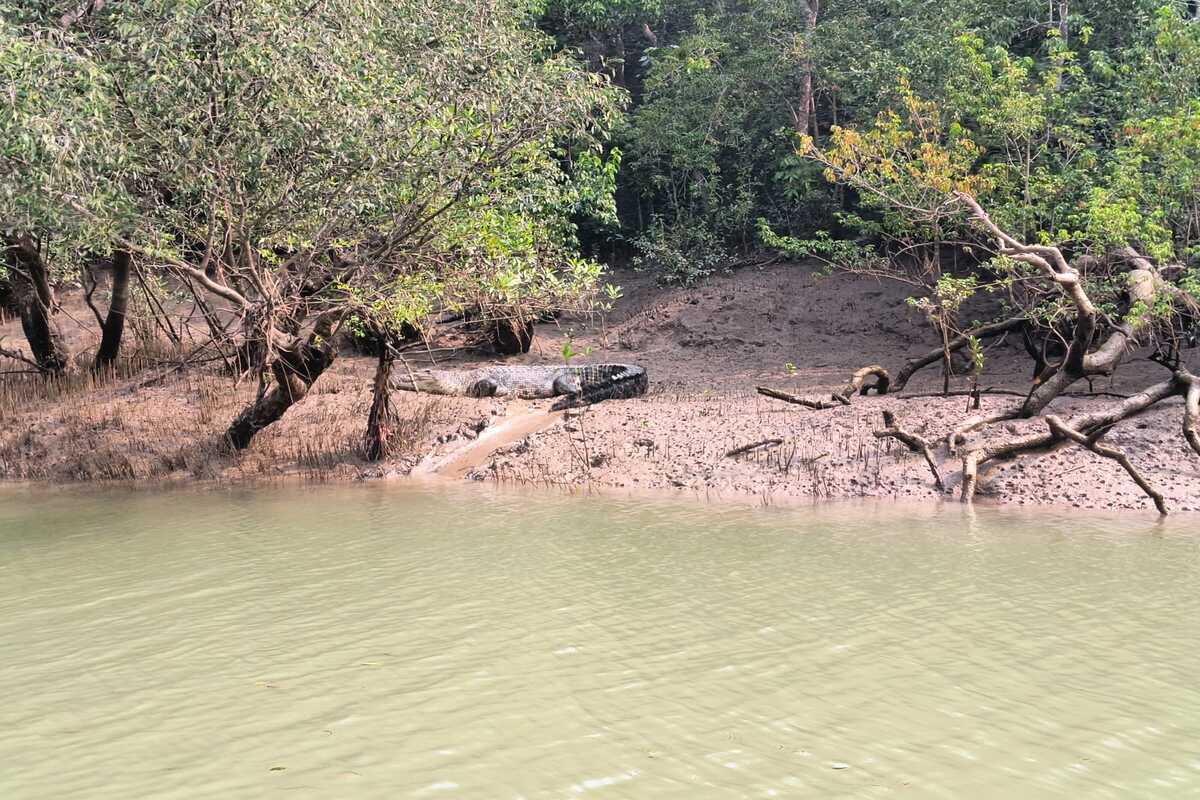Road accident snuffs out lives of six in Odisha
The poor visibility due to dense fog might be one of the causes of the road mishap. Besides, the driver of the van might have possibly dozed off leading to the mishap.
The growth in population has been mainly reported in hatchlings. However, other size segments have also reported slight growth compared to last year, he said.

Bhitarkanika national park in Odisha’s Kendrapara district has re-established itself as an ideal habitation corridor for estuarine crocodiles with their population maintaining its rising graph as per the findings of the latest census of these reptiles.
As many as 1,811 salt-water crocodiles were counted this year along the water-bodies of Bhitarkanika river system and Mahanadi Deltaic region while the census figure recorded last year stood at 1,793, said Divisional Forest Officer, Rajnagar Mangrove (wildlife) Forest Division, Sudharshan G. Yadav , adding that the croc population is up by 18 in numbers.
The growth in population has been mainly reported in hatchlings. However, other size segments have also reported slight growth compared to last year, he said.
Advertisement
The Annual Crocodile Estimation exercise was conducted by 22 teams in 51 segments in the Bhitarkanika National Park and Sanctuary, Gahirmatha Sanctuary, Mahanadi Deltaic areas from 10 to 12 January. This year favourable weather conditions have resulted in better sightings of crocodiles in the rivers and creeks, the official informed.
Estuarine crocodiles are also found in West Bengal’s Sundarbans, having the country’s largest mangrove cover. Besides the mangrove wetlands in Andaman Islands are home to these species, but those cannot match the density and population of crocodiles available in wild habitats of Bhitarkanika.
Census was conducted both in day and night hours. Due to favourable climatic conditions such as clear and sunny weather, low day and night temperature in water and favourable tide conditions, counting of crocodiles was hassle-free.
The census breakup of the crocs, according to forest officials is hatchlings: 582 (32 per cent); Yearlings: 387 (21 per cent); Juveniles: 327 (19 per cent); Sub-adults: 167 (9 per cent); Adults: 348 (19 per cent).
The region is crisscrossed by innumerable water inlets, creeks and nullahs all forming the part of Bhitarkanika river system.
Incidentally, Odisha is the only state in the country having all three species-gharial, mugger and saltwater crocodile in the wild. The State government had launched a conservation programme of these crocodile species in 1975. While the conservation initiative had yielded positive results as far as saltwater and mugger is concerned, it had failed in the Gharial conservation programme.
Advertisement